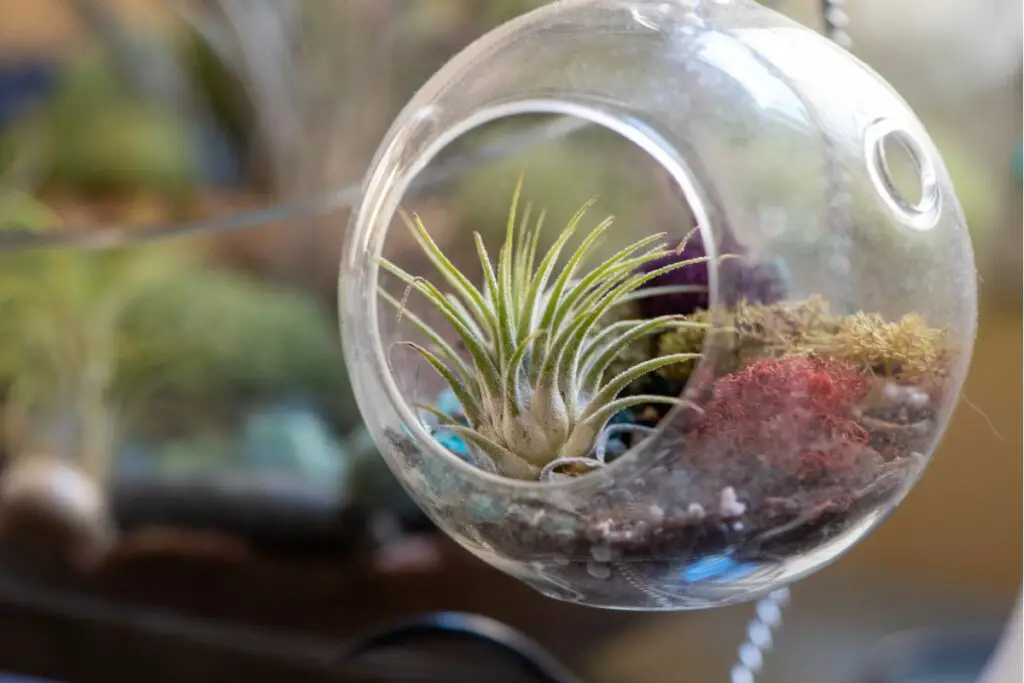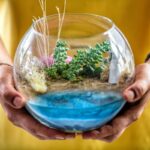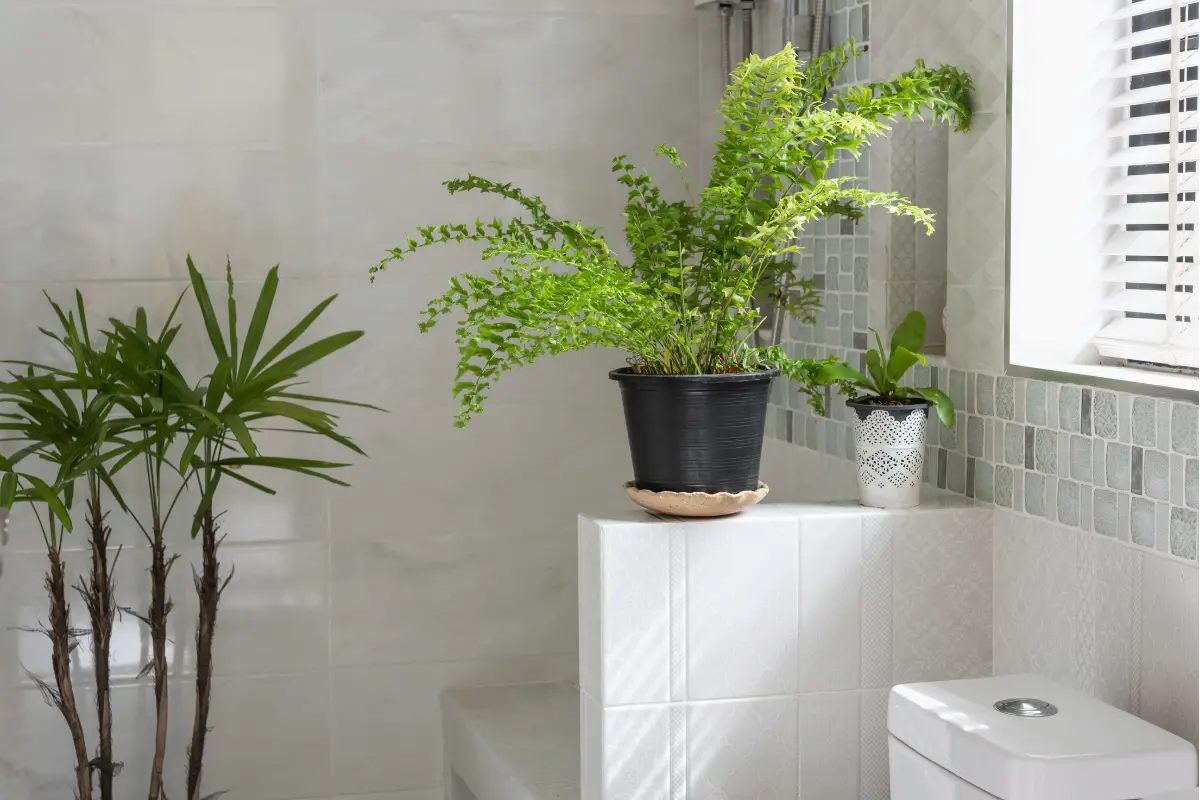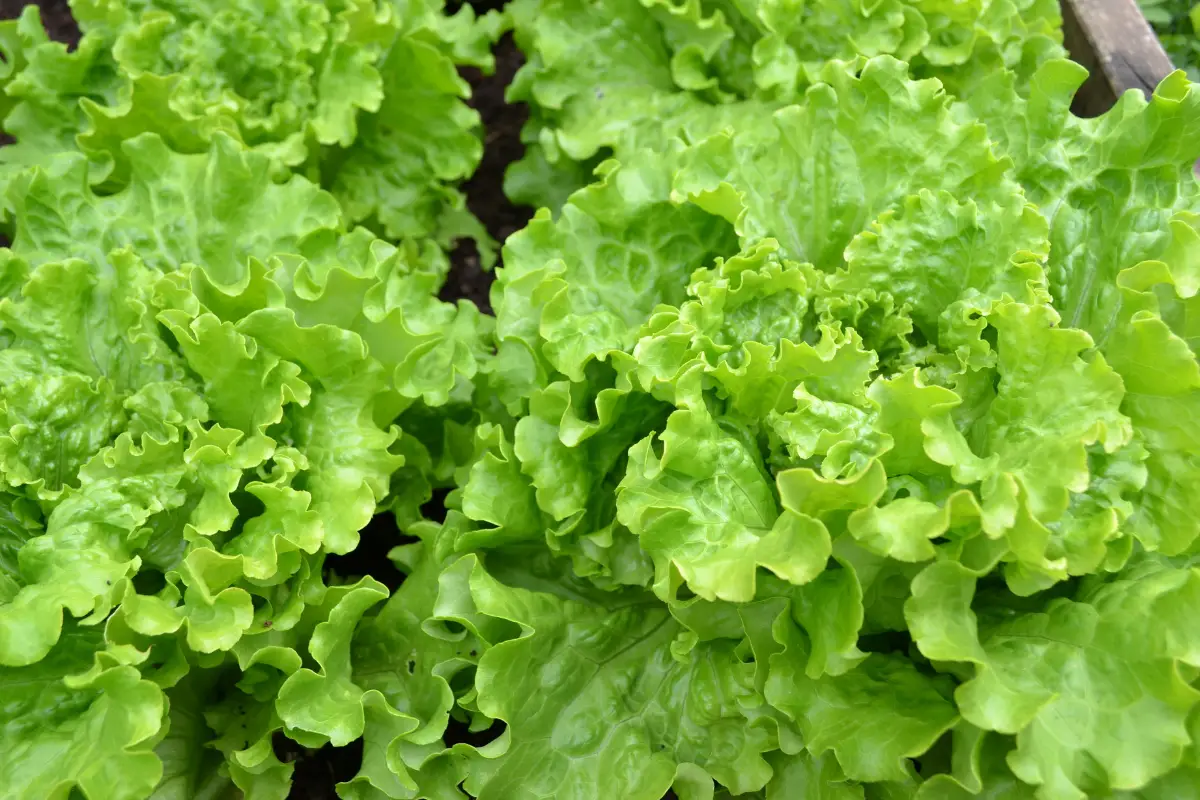A terrarium is a beautiful and unique way to bring nature into your home, but it can also become a breeding ground for mold.
Mold growth in terrariums is a common problem, but it can also be dangerous if not addressed promptly.
This article will explore why mold grows in terrariums and what you can do to prevent it.

Table of Contents
What is Mold?
Mold is a type of fungus that grows in damp and dark environments. It is commonly found in areas that are humid, such as bathrooms, basements, and kitchens.
Mold can grow on a variety of surfaces, including wood, paper, and cloth. It is important to address mold growth as soon as it is discovered, as it can cause health problems and structural damage to your home.
Why Does Mold Grow in Terrariums?
Terrariums are enclosed environments that can be quite humid, making them perfect breeding grounds for mold.
Terrariums also have a high level of moisture due to the plants inside, which release moisture into the air. If the terrarium is not properly ventilated, this moisture can accumulate and lead to mold growth.
How Can You Prevent Mold Growth in Your Terrarium?
There are several steps you can take to prevent mold growth in your terrarium:
- Ventilation: Ensure that your terrarium has proper ventilation. You can do this by leaving the lid open for a few hours each day, or by installing a small fan inside the terrarium.
- Watering: Overwatering is one of the main causes of mold growth in terrariums. It is important to water your plants only when the soil is dry to the touch. You should also avoid getting water on the sides or lid of the terrarium.
- Temperature: Mold thrives in warm and humid environments. It is important to keep your terrarium in a room with a consistent temperature, and to avoid placing it near heat sources or in direct sunlight.
- Cleaning: Regular cleaning of your terrarium is essential to prevent mold growth. You should wipe down the sides and lid of the terrarium, and remove any dead or decaying plant matter.
- Monitoring: Regularly check your terrarium for signs of mold growth, such as discoloration, musty odors, and fuzzy patches. If you notice any of these signs, take action to address the problem immediately.
What Should You Do If Mold Has Already Grown in Your Terrarium?
If mold has already grown in your terrarium, it is important to take action immediately. The following steps can help you remove the mold and prevent it from growing back:
- Remove Plants: Remove all of the plants from the terrarium. This will prevent the mold from spreading to other parts of the terrarium.
- Clean the Terrarium: Clean the inside of the terrarium with a solution of equal parts water and white vinegar. This will help to kill the mold and prevent it from growing back.
- Dry the Terrarium: Leave the terrarium open for several hours to allow it to dry completely. You can also use a fan to speed up the drying process.
- Replace the Substrate: Replace the substrate (soil or other growing medium) in the terrarium. This will help to prevent the mold from growing back.
- Replace the Plants: Once the terrarium has been cleaned and dried, you can replace the plants. It is important to choose plants that are not susceptible to mold growth, and to ensure that they are not overcrowded in the terrarium.
How Can You Maintain a Healthy Terrarium?
Maintaining a healthy terrarium is essential to preventing mold growth. Here are some tips for keeping your terrarium in top condition:
- Choose the Right Plants: Choose plants that are suitable for terrariums and that are not prone to mold growth. You should also choose plants that are the right size for the terrarium, so that they do not become overcrowded.
- Proper Lighting: Terrarium plants need the right amount of light to thrive. Place your terrarium in a location that receives bright, indirect light, and avoid placing it in direct sunlight.
- Fertilizing: Fertilizing your terrarium plants is important to keep them healthy and prevent mold growth. Choose a fertilizer that is specifically formulated for terrariums, and follow the manufacturer’s instructions carefully.
- Pests: Pests such as mites, aphids, and scale insects can also contribute to mold growth in terrariums. Regularly check your plants for signs of pests, and take action to remove them if necessary.
- Regular Maintenance: Regular maintenance is essential to prevent mold growth in terrariums. This includes cleaning, monitoring for mold, and taking action to address any problems that arise.
Conclusion
Mold growth in terrariums is a common problem, but it can also be dangerous if not addressed promptly. By understanding why mold grows in terrariums and taking the steps to prevent it, you can keep your terrarium healthy and beautiful for years to come.
Remember to choose the right plants, provide proper lighting, fertilize regularly, and perform regular maintenance to keep your terrarium in top condition.
How To Clean Moss For Terrarium
Why is Water Necessary for the Terrarium: A Comprehensive Guide
- How to Build a Planter Box for Bamboo: A Step-by-Step Guide

- Can Robotic Lawnmowers Handle Steep Slopes?

- Do You Need a Specific Lawn for a Robotic Lawnmower? Expert Advice

- Are Robotic Lawnmowers Safe for Pets and Children? Safety Features of Robotic Lawnmowers

- Why Use Robotic Lawnmowers? Advantages of Using a Robotic Lawnmower

- Is the GARDENA SILENO City 300 Cordless or Corded? A Clear Answer














